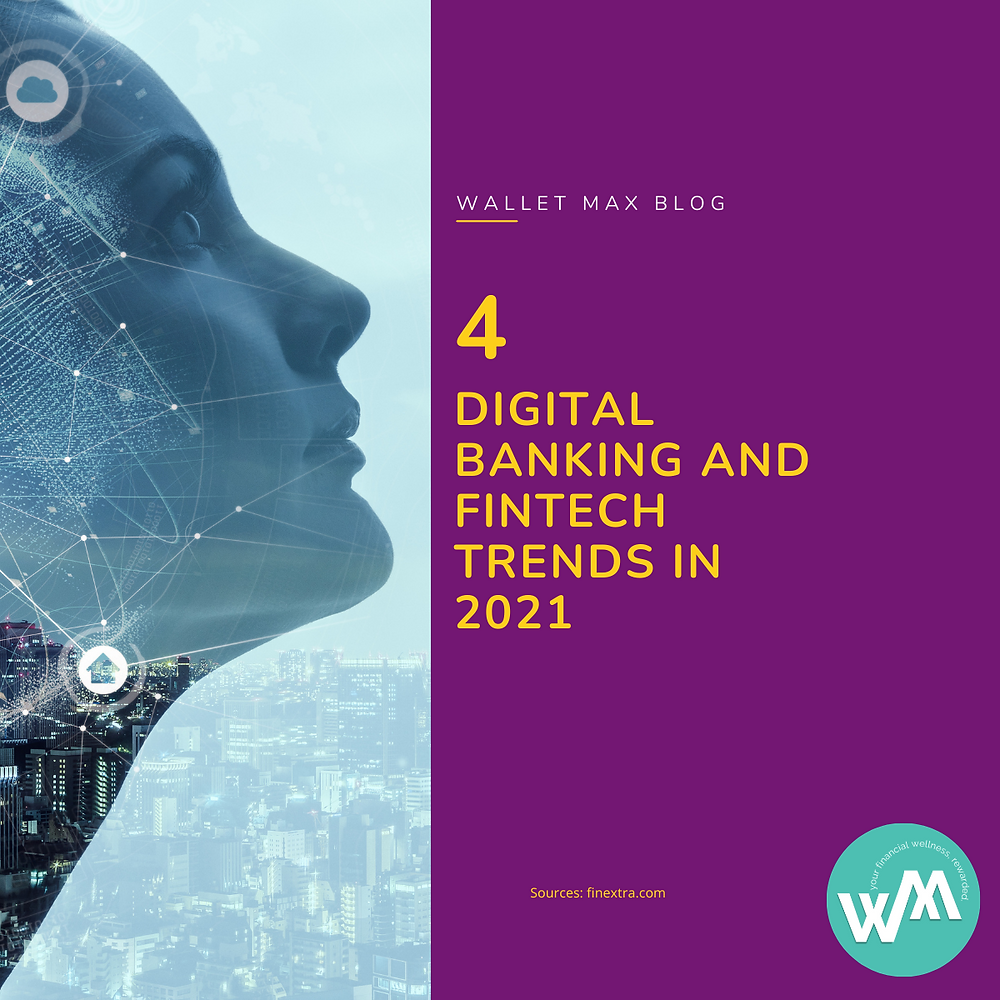The rise of digital banking and fintech innovations has revolutionized the way we manage our finances. With the advent of technology, traditional banking systems are being challenged by agile fintech companies that offer seamless, user-friendly solutions. This transformation is not just a trend; it represents a fundamental shift in the financial landscape, where convenience, accessibility, and efficiency are paramount. As consumers increasingly demand digital solutions, the financial sector is evolving to meet these expectations, paving the way for a new era of banking.
In this article, we will delve into the key factors driving the rise of digital banking and fintech innovations. You will learn about the various technologies that are reshaping financial services, including mobile banking apps, blockchain, and artificial intelligence. We will also explore the benefits these innovations bring to consumers and businesses alike, such as enhanced security, personalized services, and reduced costs. Furthermore, we will discuss the challenges and regulatory considerations that accompany this rapid evolution.
As we navigate through the intricacies of digital banking and fintech, you will gain insights into how these innovations are not only transforming individual banking experiences but also influencing the global economy. Whether you are a consumer looking to optimize your financial management or a business seeking to leverage fintech solutions, this article will provide you with valuable information and practical tips. Join us as we uncover the exciting developments in the world of digital banking and fintech innovations!
The Evolution of Digital Banking
The rise of digital banking has transformed the financial landscape, shifting traditional banking practices to online platforms. This evolution began with the introduction of online banking services, allowing customers to access their accounts, transfer funds, and pay bills from the comfort of their homes. As technology advanced, banks began to offer mobile applications, further enhancing customer convenience and engagement.
Today, digital banking encompasses a wide range of services, including peer-to-peer payments, digital wallets, and robo-advisors. These innovations not only streamline banking processes but also provide users with personalized financial advice and investment opportunities. The integration of artificial intelligence and machine learning in digital banking has enabled institutions to analyze customer data effectively, leading to improved service delivery and customer satisfaction.
Fintech Startups: Disrupting Traditional Banking
Fintech startups have emerged as significant players in the financial sector, challenging traditional banks with innovative solutions. These companies leverage technology to offer services such as online lending, crowdfunding, and cryptocurrency trading, often at lower costs and with greater efficiency than established banks. The agility and customer-centric approach of fintech firms have attracted a growing number of consumers seeking alternatives to traditional banking.
Moreover, fintech startups are often more adept at addressing the needs of underserved populations, providing access to financial services for those who may not qualify for traditional banking products. This democratization of finance has led to increased competition, prompting traditional banks to adapt and innovate in order to retain their customer base.
The Role of Mobile Banking in Financial Inclusion
Mobile banking has played a crucial role in promoting financial inclusion, particularly in developing regions where access to traditional banking infrastructure is limited. With the proliferation of smartphones, individuals can now perform banking transactions, access credit, and manage their finances through mobile applications. This accessibility has empowered millions of people to participate in the financial system.
Furthermore, mobile banking solutions often come with lower fees and more flexible terms, making them attractive to low-income individuals. By providing essential financial services, mobile banking helps to bridge the gap between the banked and unbanked populations, fostering economic growth and stability in underserved communities.
Security Challenges in Digital Banking
As digital banking continues to grow, so do the security challenges associated with it. Cybersecurity threats, such as data breaches and identity theft, pose significant risks to both consumers and financial institutions. Banks and fintech companies must invest heavily in advanced security measures to protect sensitive customer information and maintain trust.
To combat these threats, many institutions are implementing multi-factor authentication, encryption, and continuous monitoring of transactions. Additionally, educating customers about safe online practices is essential in mitigating risks. As the digital banking landscape evolves, ongoing vigilance and innovation in security protocols will be critical to safeguarding the future of financial services.
The Future of Digital Banking and Fintech Innovations
The future of digital banking and fintech innovations is poised for continued growth and transformation. Emerging technologies, such as blockchain and artificial intelligence, are expected to further revolutionize the financial sector. Blockchain technology, for instance, offers the potential for secure and transparent transactions, while AI can enhance customer service through chatbots and personalized financial advice.
Moreover, as consumer preferences shift towards more convenient and efficient banking solutions, traditional banks will need to embrace digital transformation to remain competitive. Collaboration between banks and fintech companies may also become more prevalent, leading to the development of hybrid models that combine the strengths of both sectors. The ongoing evolution of digital banking promises to create a more inclusive, efficient, and secure financial ecosystem for all.
Digital banking and fintech innovations have transformed the financial landscape, offering consumers and businesses new ways to manage their finances. This table summarizes key aspects of this evolution.
| Aspect | Description |
|---|---|
| Definition | Digital banking refers to the digitization of all traditional banking activities, while fintech encompasses technology-driven financial services. |
| Growth Drivers | Increased smartphone penetration, internet accessibility, and changing consumer preferences towards convenience and speed. |
| Key Innovations | Mobile banking apps, peer-to-peer payment systems, robo-advisors, blockchain technology, and artificial intelligence in customer service. |
| Benefits | Enhanced customer experience, lower transaction costs, 24/7 access to services, and personalized financial solutions. |
| Challenges | Cybersecurity threats, regulatory compliance, and the need for consumer education on digital financial products. |
| Future Trends | Increased integration of AI and machine learning, growth of decentralized finance (DeFi), and a focus on sustainability in financial services. |




